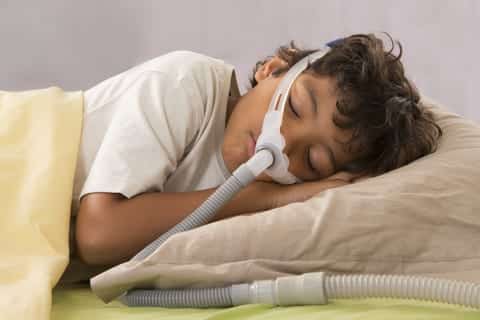A computer analysis could help screen children for sleep apnea, reports Newswise.
In the ATS’s American Journal of Respiratory and Critical Care Medicine, a multinational group of researchers describe an automated system they developed that incorporates 23 analytic features into a diagnostic neural-network algorithm.
All of their data comes from a pulse oximeter, a simple device that clips onto a patient’s fingertip to measure his or her heart rate and blood-oxygen levels overnight.
Their study, “Nocturnal Oximetry-Based Evaluation of Habitually Snoring Children,” posted early online on the journal’s website, showed that this pared-down approach compared favorably to a full sleep study. The authors estimate it could cut costs by as much as 90 to 95 percent.
The preferred routine for diagnosing sleep apnea in the U.S. is polysomnography. This is based on the use of an oximeter to record oxygen levels, but adds additional components such as brain activity monitors, eye movement assessment, cardiac signal recordings and measures of muscle tension. A video camera typically records each study. This approach, considered definitive, requires a lot of equipment and multiple staff.
To assess the need for these additional diagnostic measures, the researchers compared their oximeter-based automated system to polysomnography. They analyzed more than 4,000 studies performed on children aged two to 18 years old, who were referred to one of 13 leading pediatric sleep laboratories around the world for frequent snoring or other signs of obstructive sleep apnea. They found that the data from measures other than oximetry was of limited additional value.
Read more at www.newswise.com



